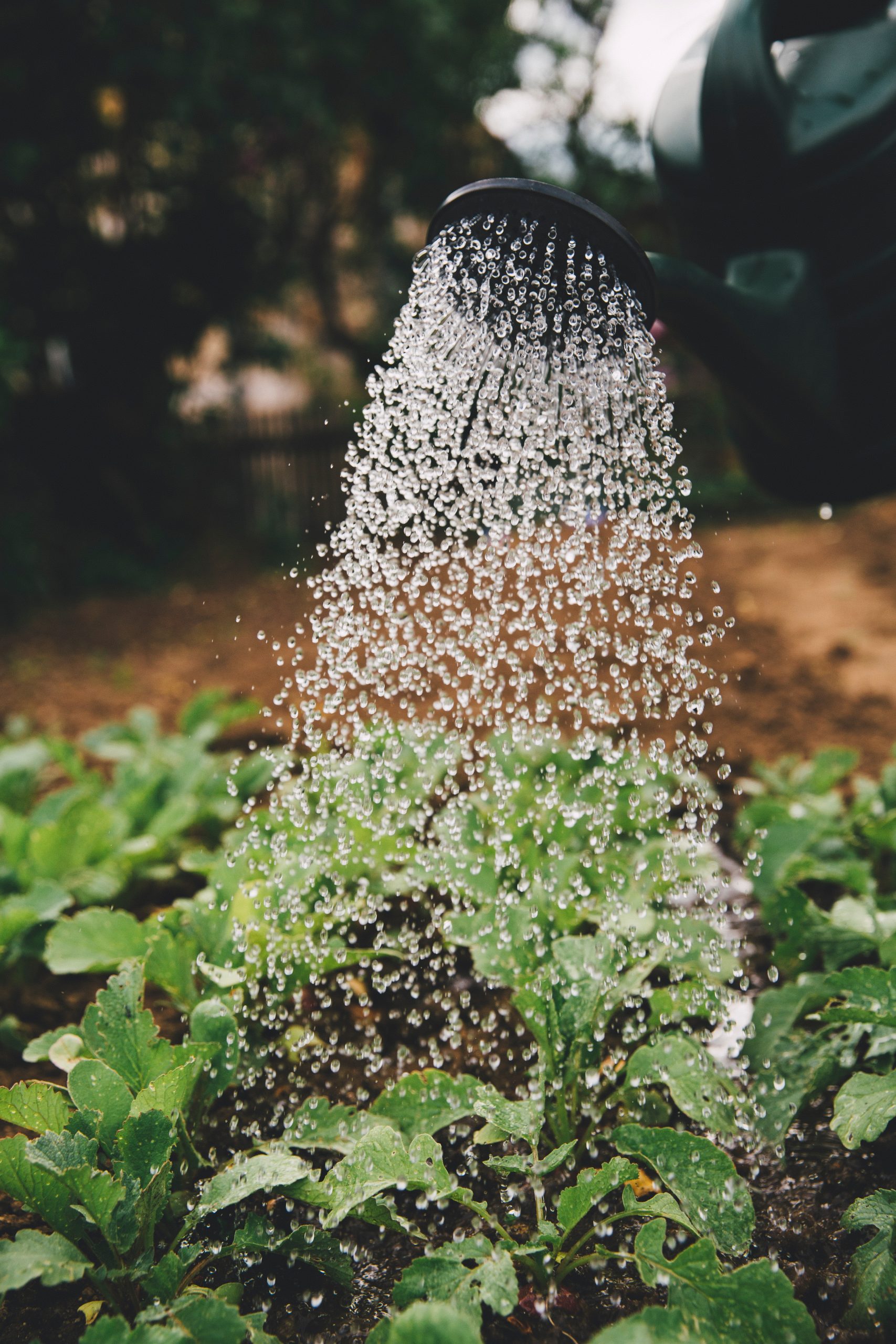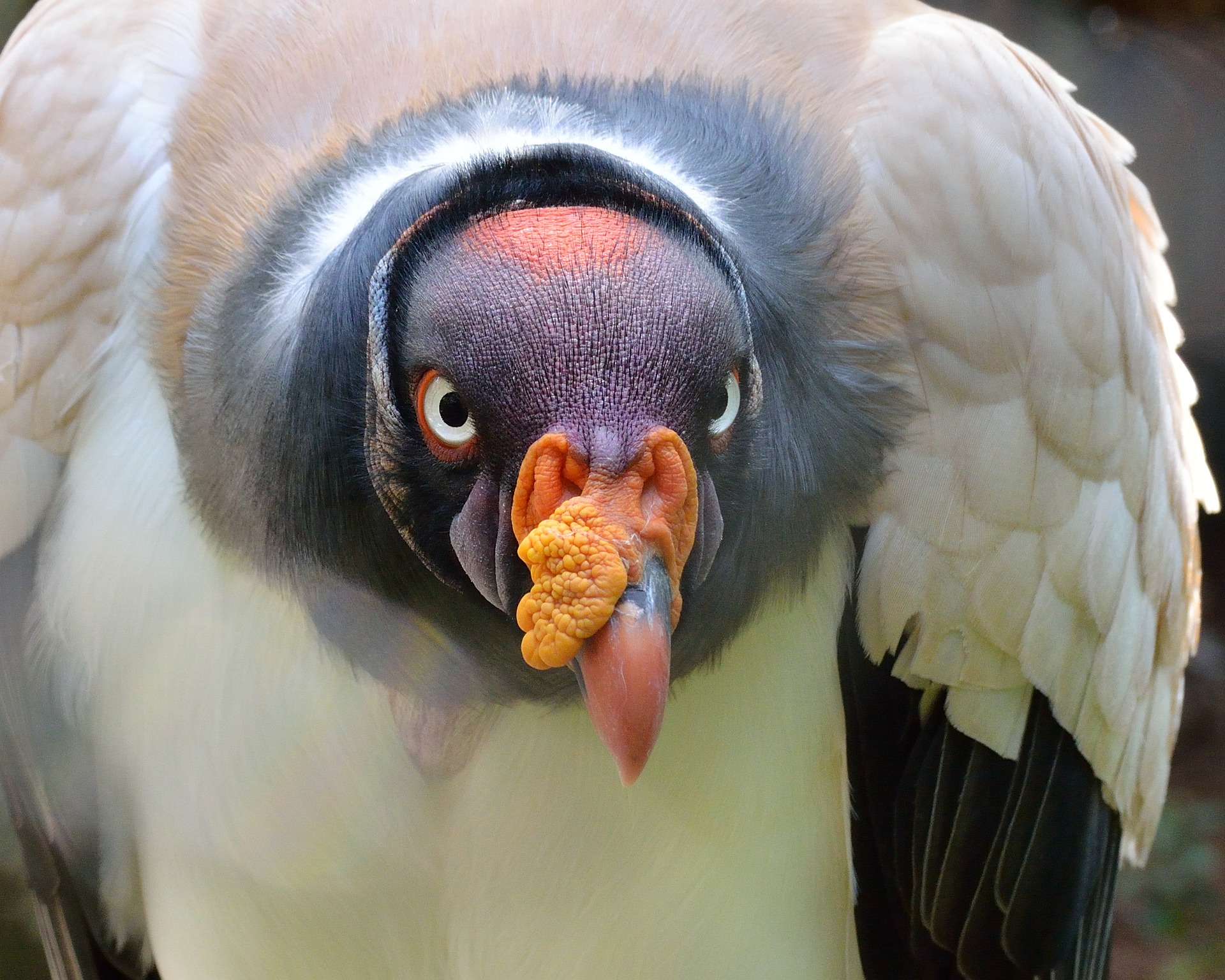As the world population continues to grow, there is an increasing demand for food production. Agriculture has come a long way from traditional farming methods, and now technology is playing a significant role in shaping agriculture’s future. One such technological advancement that has gained immense popularity in recent years is Artificial Intelligence (AI). AI has revolutionized several industries, and agriculture is no exception. In this blog post, we will explore how AI impacts agriculture and its potential for the future of farming. Read on to learn about the fascinating intersection between technology and agriculture!
What is Artificial Intelligence?
Artificial Intelligence (AI) refers to the development of computer systems that can perform tasks that typically require human intelligence, such as visual perception, speech recognition, decision-making and language translation. AI is designed to mimic the cognitive functions of humans in machines so they can learn from experiences and improve their performance over time.
One of the key features of AI is machine learning which involves feeding large datasets into algorithms that enable computers to learn on their own without being explicitly programmed. Natural Language Processing (NLP) is another critical aspect of AI which enables computers to understand human languages and respond appropriately.
The use cases for AI are vast and varied ranging from healthcare, finance, transportation to e-commerce among others. In agriculture, AI has great potential for improving crop yields through precision farming techniques like soil mapping and precision planting. It can also help farmers monitor weather patterns more accurately leading to better decision making when it comes to irrigation scheduling or pest management.
Artificial Intelligence holds immense potential for transforming agriculture by enhancing efficiency while reducing costs allowing farmers to produce higher quality food at scale with minimal environmental impact.
What is the Impact of Artificial Intelligence on Agriculture?
Artificial intelligence (AI) has become an essential tool that revolutionized the agricultural industry. The impact of AI on agriculture can be seen in various aspects of farming, from crop monitoring to harvesting techniques.
One significant impact of AI is its ability to analyze large amounts of data collected from different sources like weather sensors and satellite imagery. This information enables farmers to make informed decisions about planting, irrigation, and fertilization based on real-time conditions.
Another way AI impacts agriculture is through precision farming. By using machine learning algorithms, farmers can optimize their use of resources by precisely applying water and fertilizer only where needed, reducing waste while also increasing yields.
AI-powered drones equipped with cameras provide detailed images of crops’ health status and identify pests or diseases early enough for prompt intervention before they spread out rapidly over a vast area.
Furthermore, AI-integrated robots are designed to handle repetitive tasks such as seeding or weeding without human intervention. These robots work around the clock with high accuracy levels making it easier for farmers who have limited labor supply.
In summary, Artificial Intelligence has impacted agriculture positively by providing vital data analysis which helps in decision-making processes while also improving efficiency in resource management thereby promoting sustainable agricultural practices that significantly increase food production globally.
Pros and Cons of Artificial Intelligence in Agriculture
Pros and Cons of Artificial Intelligence in Agriculture
Artificial Intelligence (AI) is gaining popularity in agriculture as a tool to increase efficiency, productivity, and sustainability. There are many benefits of using AI in farming, but there are also some drawbacks worth considering.
One significant advantage of AI is that it can help farmers make better decisions by analyzing data from various sources such as sensors, drones or satellite imagery. With accurate information on soil moisture levels, crop growth rates and weather patterns, farmers can optimize their operations for maximum yield.
Another benefit of AI is the ability to automate repetitive tasks like planting seeds or harvesting crops with precision. This reduces labor costs while improving accuracy and speed compared to manual methods.
On the other hand, one disadvantage of AI is the financial barrier to entry. The cost of implementing an AI system may be too high for small-scale farmers who lack resources or access to financing options.
Additionally, there are concerns about job displacement caused by automation replacing human workers on farms. While this may reduce labor costs for farm owners, it could have negative impacts on rural communities where agriculture provides employment opportunities.
There are ethical concerns around data privacy and ownership when using AI systems that collect sensitive information about crops and farmland conditions without consent from stakeholders.
While there are many advantages of incorporating artificial intelligence into farming practices such as increased efficiency and productivity; there are also potential downsides including higher costs upfront along with possible job displacement risks which need careful consideration before implementation.
The Future of Artificial Intelligence in Agriculture
The future of agriculture looks promising with the integration of artificial intelligence (AI). Farmers can benefit from AI technologies that can help them optimize crop yields, reduce costs and save time. In the coming years, we will see more advanced AI solutions developed to meet the challenges faced by farmers today.
One area where AI is already making an impact in agriculture is precision farming. Precision farming uses data collected from various sources such as drones, sensors and satellites to develop precise maps of fields which help farmers monitor plant growth, water usage and soil health. This technology allows for targeted interventions rather than blanket treatments which reduces waste and improves efficiency.
Another area where AI has a role to play is in weed management. Weeds compete with crops for nutrients, light and water which leads to lower yields. Traditional methods of weed control such as herbicides have been effective but come at a cost both financially and environmentally. With machine learning algorithms trained on image recognition software, robots can now identify weeds among crops allowing for precision spraying reducing chemical use by up to 90%.
AI-powered tools are also being developed to assist farmers in decision-making processes such as when to plant or harvest their crops based on weather conditions or market demand data analysis.
The future of agricultural innovation lies in leveraging emerging technologies like Artificial Intelligence (AI) that offer numerous opportunities for increased productivity while minimizing environmental impacts through optimized resource utilization strategies implemented using cutting-edge platforms designed specifically around agribusiness needs
Conclusion
The use of Artificial Intelligence in agriculture is a game-changer for farmers and the entire industry. The technology has brought about significant improvements in crop yields, soil quality and water management.
AI-powered farming systems have demonstrated their ability to enhance efficiency while reducing costs, making them an attractive option for farmers across the globe. However, it’s important to note that AI alone cannot replace human intuition and expertise when it comes to decision-making on farms.
The key lies in finding a balance between AI technology and human intelligence to achieve optimal results. Therefore, as we continue to embrace technological advancements in farming practices around the world, let us remain mindful of our environmental impact as well as social responsibility towards communities who rely on these resources for livelihoods.
Ultimately, by leveraging AI innovations responsibly and sustainably in agriculture practices globally we can ensure food security while preserving our planet’s natural resources.










